Filter by
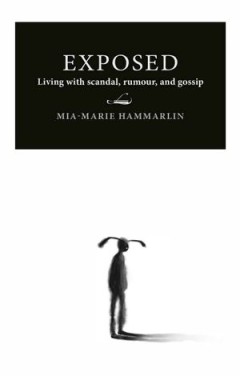
Exposed Living with scandal, rumour, and gossip
This book illuminates the personal experience of being at the centre of a media scandal. The existential level of that experience is highlighted by means of the application of ethnological and phenomenological perspectives to extensive empirical material drawn from a Swedish context. The questions raised and answered in this book include the following: How does the experience of being the prota…
- Edition
- -
- ISBN/ISSN
- 9789198376845
- Collation
- -
- Series Title
- -
- Call Number
- -
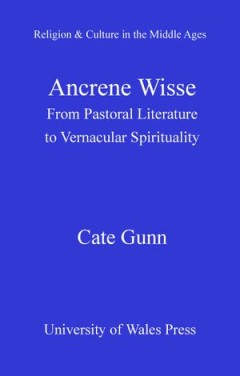
Ancrene Wisse
Provides an introduction to "Ancrene Wisse", one of the most important works in English of the thirteenth century. This book offers a fresh contextualisation which engages with the history of lay piety and vernacular spirituality in the Middle Ages. This book is innovative in that it provides an introduction to "Ancrene Wisse", one of the most important works in English of the thirteenth centur…
- Edition
- -
- ISBN/ISSN
- 9780708320341
- Collation
- -
- Series Title
- -
- Call Number
- -
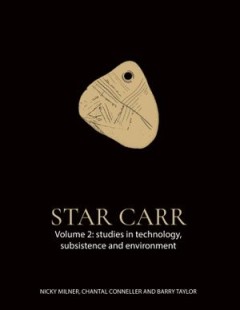
Star Carr Volume 2
Star Carr is one of the most important Mesolithic sites in Europe. It was discovered in the late 1940s by John Moore and then excavated by Grahame Clark from 1949-1951, becoming famous in the archaeological world for the wealth of rare organic remains uncovered including barbed antler points and antler headdresses. However, since the original excavations there has been much debate about how the…
- Edition
- -
- ISBN/ISSN
- 9781912482009
- Collation
- -
- Series Title
- -
- Call Number
- -
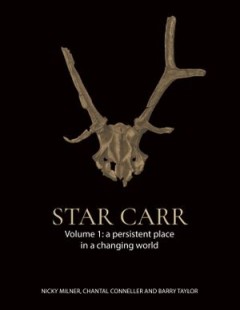
Star Carr Volume 1
Star Carr is one of the most important Mesolithic sites in Europe. It was discovered in the late 1940s by John Moore and then excavated by Grahame Clark from 1949-1951, becoming famous in the archaeological world for the wealth of rare organic remains uncovered including barbed antler points and antler headdresses. However, since the original excavations there has been much debate about how the…
- Edition
- -
- ISBN/ISSN
- 9781912482047
- Collation
- -
- Series Title
- -
- Call Number
- -

Mortuary Theory, Pottery and Social Complexity at Jebel Moya Cemetery, South-…
archaeology - hunter-gatherers - early food producing societies - Northeastern Africa
- Edition
- -
- ISBN/ISSN
- 9788360109434
- Collation
- -
- Series Title
- -
- Call Number
- -
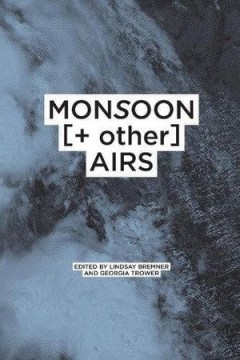
Monsoon [+ other] Airs
Monsoon Assemblages is a research project funded by the European Research Council (ERC) under the European Union’s Horizon 2020 research and innovation programme (Grant Agreement No. 697873). Monsoon [+ other] Airs is the first of three publications by Monsoon Assemblages arising from symposia held at the University of Westminster (2017-2019). These form part of its agenda to foster interdisc…
- Edition
- -
- ISBN/ISSN
- 9781999938505
- Collation
- -
- Series Title
- -
- Call Number
- -
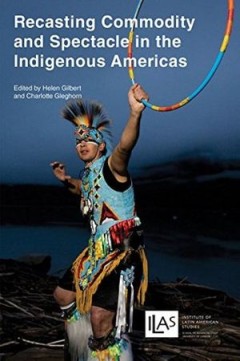
Recasting commodity and spectacle in the indigenous Americas
Indigenous artists frequently voice concerns over the commodification of their cultures, a process acutely felt by those living with the consequences of colonialism. This timely book, which features colour illustrations throughout, examines the ways in which contemporary indigenous peoples in different parts of the Americas have harnessed performance practices to resist imposed stereotypes and …
- Edition
- -
- ISBN/ISSN
- 9781908857088
- Collation
- -
- Series Title
- -
- Call Number
- -
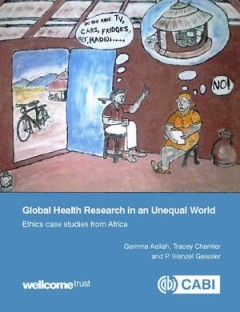
Global Health Research in an Unequal World
This book is a collection of fictionalised case studies of everyday ethical dilemmas and challenges, encountered in the process of conducting global health research in places where the effects of global, political and economic inequality are particularly evident. It is a training tool to fill the gap between research ethics guidelines, and their implementation 'on the ground'. The case studies,…
- Edition
- -
- ISBN/ISSN
- 9781786390042
- Collation
- -
- Series Title
- -
- Call Number
- -
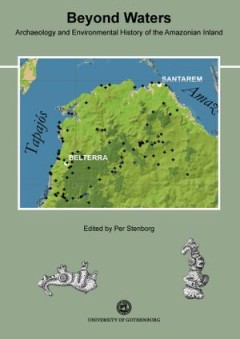
Beyond Waters Archaeology and Environmental History of The Amazonian inland
This book is one of the outcomes of the project Cultivated Wilderness: Socio-economic development and environmental change in pre-Columbian Amazonia (http://www.cultivated-wilderness.org/). The project has particularly focused on the previously relatively unknown prehistory of the Amazonian hinterland. Our work has revealed that pre-Columbian settlements in the Santarém region in the State of …
- Edition
- -
- ISBN/ISSN
- 9789185245666
- Collation
- -
- Series Title
- -
- Call Number
- -

Making Room for People
Making Room for People elaborates on preferences in housing. It explores how users, occupants, and citizens can express their needs, searching for the enhancement of individual choice and control over their residential environment, and the predicted positive spin-off’s for urban collectives. The central question is: What are the conditions under which an increase of people’s choice and voic…
- Edition
- -
- ISBN/ISSN
- 9789085940326
- Collation
- -
- Series Title
- -
- Call Number
- -
 Computer Science, Information & General Works
Computer Science, Information & General Works  Philosophy & Psychology
Philosophy & Psychology  Religion
Religion  Social Sciences
Social Sciences  Language
Language  Pure Science
Pure Science  Applied Sciences
Applied Sciences  Art & Recreation
Art & Recreation  Literature
Literature  History & Geography
History & Geography